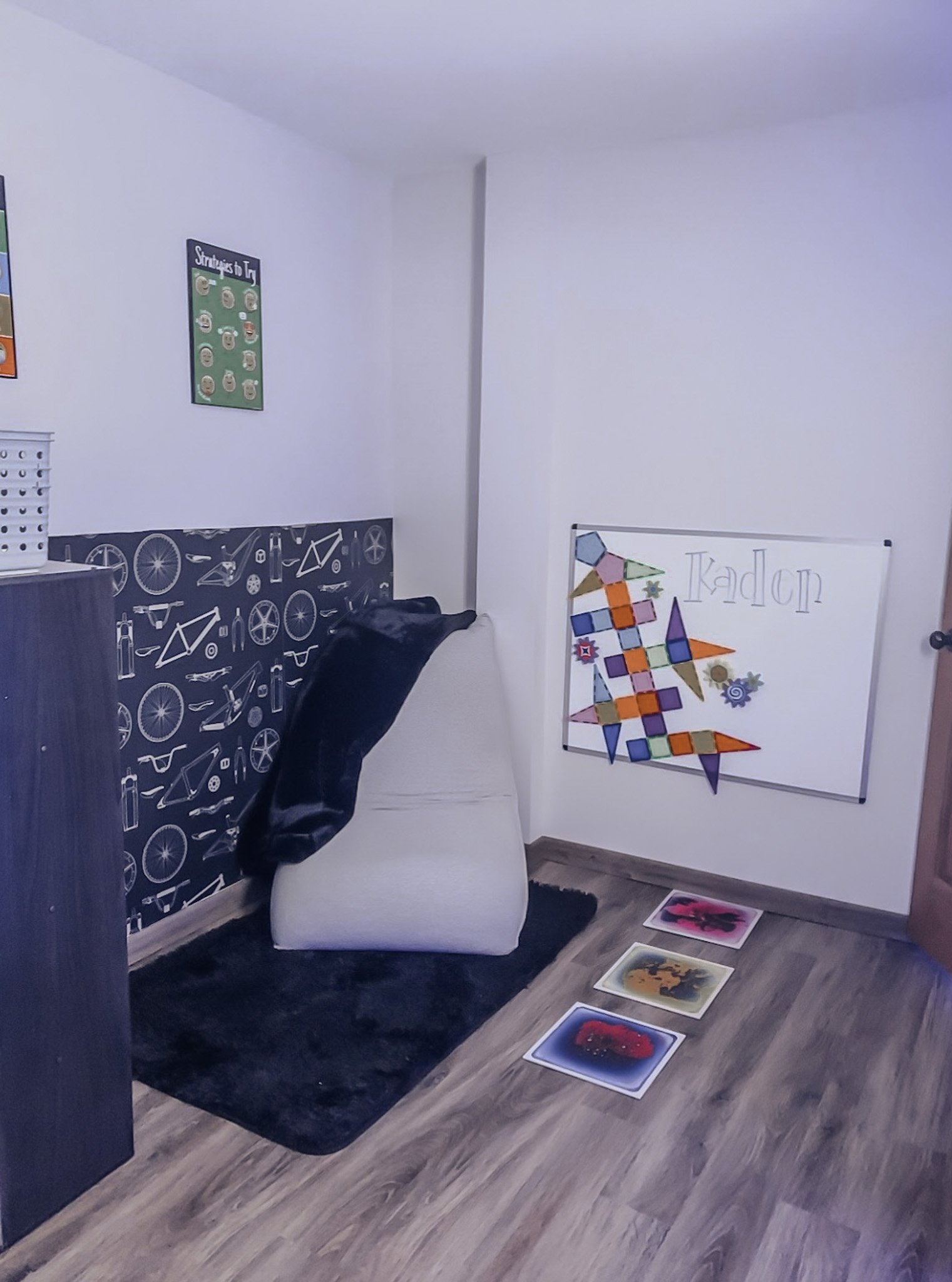The Significance of Simplicity
Creating a simple yet purposeful play environment is key.
Creating a stimulating and inviting environment for your child to play in is essential. However, it’s more important to develop that space simply. When a play area is set up purposefully and organized, it can help a child learn independence, concentration, motor coordination, social well-being, learning opportunities, and a sense of order (Smith, 2018). Here are some tips to ensure your child’s play area is engaging and welcoming.
TIPS
Simplicity! Only display a fraction of your child’s toys in their play area. Smith (2018) explained that 30% to 50% of toys should be tucked away and out of sight. This can help a child learn clean-up routines and increase concentration (Smith, 2018).
Clear Out! Clear out your child’s untouched, outdated, or broken toys. This helps maintain simplicity in your child’s play area. Furthermore, doing this with your child can assist in building skills of letting go (Smith, 2018). This means that a child has the ability to practice foundational resilience skills to withstand hardships. This could be when your child loses their favorite stuffed animal or doesn’t get the present they want or something deeper, such as the passing of a loved one or a friend moving away.
Labels! Labeling objects and areas in the room can provide a foundation for early literacy skills, and using pictures or textures as adaptations for children with special needs can also be helpful!
Toy Hub! A toy hub can be made from anything, at any price- it can be as simple as an Ikea 8 cube storage holder. Creating a toy hub helps teach the child where things should return and how to clean up their messes independently (McKeough, 2023).
Rotation! Toy rotation is another way to create a sensory-friendly environment. Toy rotation is strategically selecting toys for your child and keeping them “out” and available to the child for a designated timeline. Every few weeks, rotate toys from within the play area to toys that are tucked away. This gives the child the feeling of new toys, maintains and increases interest and motivation, and helps with attention and focusing skills. With that being said, don’t stick to your rotation schedule strictly. If your child loses interest in or gets restless with the “new” toys, they are providing you with cues - and it’s time to rotate again. Once you get into a rotating routine, your child will likely provide cues, so you know when they want to rotate to new toys! Creating a toy rotation system also means fewer toys are given to the child. This, again, can help with a child’s attention skills and concentration (Smith, 2018).
Tips for Toy Rotation
Try 8-10 toys and activities in the child’s play area.
Provide various types of activities (ex. stacking toys, puzzles, musical instruments, etc)
Rotate the toys every 5-10 days
Use the toy rotation as a time to clean the toys and play area
(Ashley, & Kevin, 2018)
Keep the “extra toys” not around the play area.
For an excellent resource to explore, and a company Sense-ational Spaces has collaborated with, check out Meat and Potatoes Organizing! They offer virtual and in-person services from professional Organizing to Organize Donations and Recycling, to Resale and Consignment, and more!
References
Ashley, & Kevin. (2019, July 24. Montessori Toy Rotation. Montessori Method. https://montessorimethod.com/toy-rotation/
McKeough, T. (2023). How to Create a Playroom That Appeals to Children and Adults. International New York Times, NA-NA.
Smith, O. (2018). The importance of a simple environment. Montessori Life, 30(1), 60-60.




